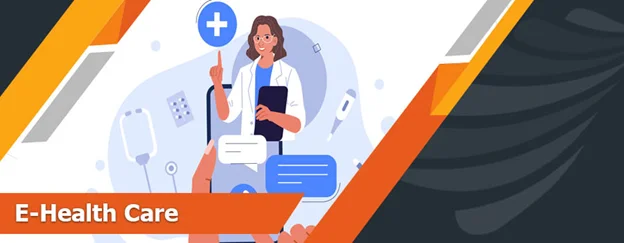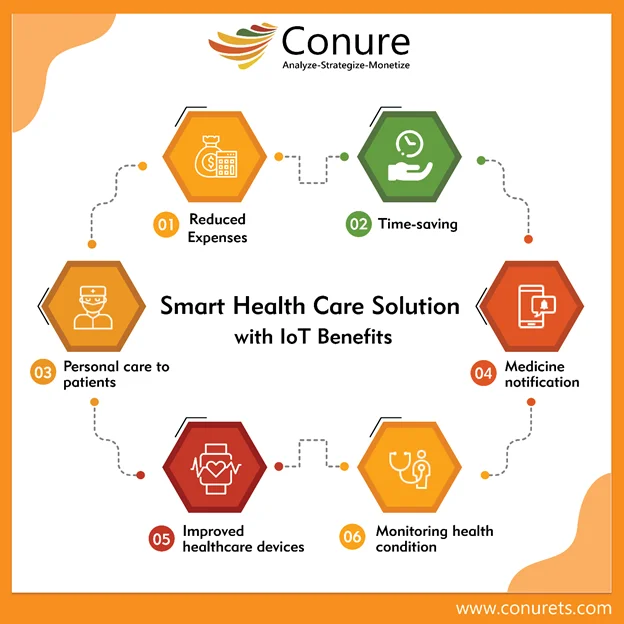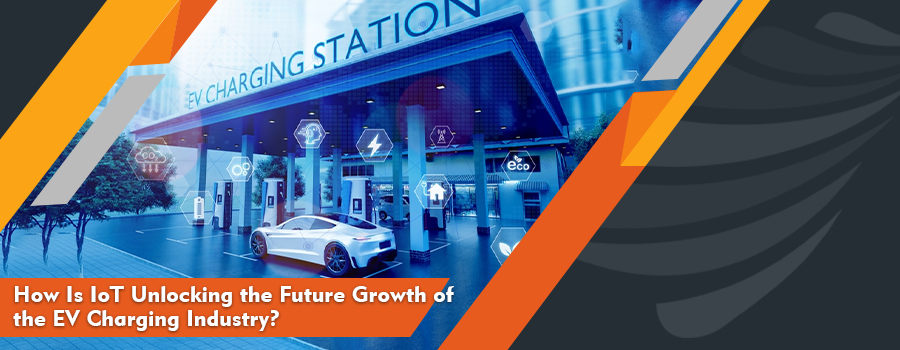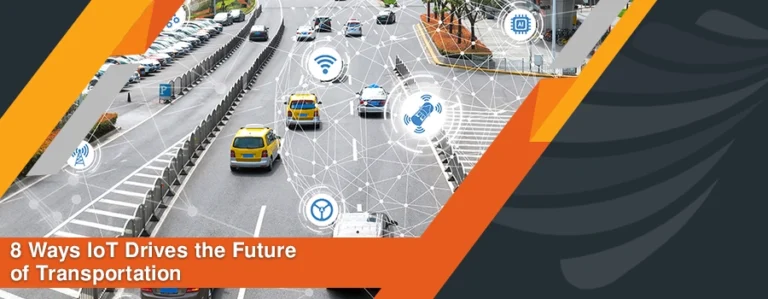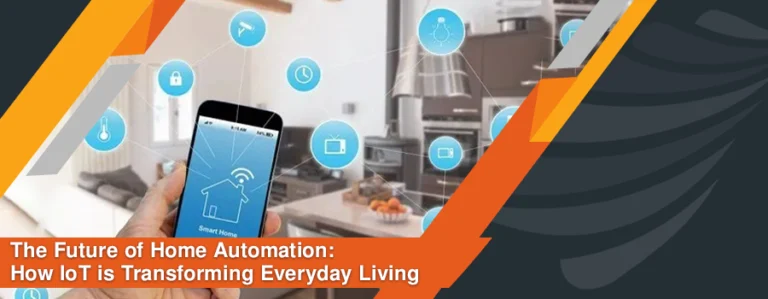Reshaping Healthcare system with IoT
The world is quite familiar with “IoT” from a broader perspective, but does “IoT’ mean in the medical r healthcare industry? IoT in medical worlds means the network of devices and equipment which are connected directly to one another for the sole purpose of gathering data, analyzing it, sharing it with other devices, and monitor them automatically. With each passing day, IoT is becoming a necessity in the healthcare industry as well. The time is long gone when stakeholders of the health industry can deny IoT its rightful place.
IoT in the Healthcare industry helps especially in disease management, preventive care, remote monitoring, medicine suggestion, and condition analysis. Healthcare is one of those few departments which cannot bear human error – one mistake and life will be on the stake; the outcome of mistake will be cataphoric. In order to get the best results, IoT is the only solution that can do all once: gather data, analysis, predict, prevent, monitor, and suggest ways for post-diseases care. By tracking previous health records and measuring the current condition of an individual, the captured data will affect the performance of healthcare staff as well as the outcome of effort.
Importance of IoT in Healthcare
With a rise in demand for quality and rapid healthcare, cost what follows when after. Healthcare throughout the world is expensive. To control all the aspects of the healthcare industry especially the monitoring, diagnosis, and cost-effectiveness – a visible shift is witnessed by all in the healthcare industry towards IoT. The transformation was inevitable and now plays a vital role in the healthcare industry where doctors and other staff rely on IoT-base analysis for the best decision.
IoT in the medical field, especially in medical facilities has upgraded the whole legacy medical care system – virtual visits, remote monitorings, utmost care in chronic diseases, reduction in human errors and inefficiencies – overall IoT has revolutionized the healthcare industry by providing enhanced experiences to patients, cost-effectiveness, improve refining medical care, etc.
Progression of IoT in the Healthcare Sector
The era before IoT, patients use to visit doctors regularly – It was both time-consuming and costly. Another factor why patients preferred virtual visits compared to the one-on-one meeting is because of pain element – if a person is diagnosed with a fracture, taking the patient to a doctor was challenging. Not, anymore. IoT has evolved the healthcare sector similar to others and provided people with both ease and cost-cutting.
IoT has, undeniably, metamorphose the healthcare sector resulting in benefiting all: patients and their families, doctors, insurance companies, and hospitals. Empowering doctors to deliver unparalleled care through remote monitoring and patients using IoT installed devices to connect with the respective doctor. Whatsmore is that patients are quite comfortable interacting with doctors through virtual modes. IoT made doctor-patient communication effortlessly easy, efficient and satisfaction is similar to that of a one-on-one meeting.
IoT has played a significant role in transforming the healthcare industry and suffice to say that IoT is Transforming Human Life for the better. Some of them are mentioned below:
Contemporaneous Monitoring and assistance
IoT provides real-time access to data without a hitch – doctors utilize real-time monitoring though smart devices such smartphones embedded with IoT technology, which gathers all the data related to patient’s health, transferring the information through data or the internet to doctor. Real-time monitoring can save lives efficiently than wasting time by transferring the patient to the hospital. Providing first aid is easier especially in emergency cases such as asthma attacks, diabetes, and heart attack. Continuous advancement in IoT, the technology is highly sophisticated which collects data such as blood pressure, oxygen levels, ECGs, hemoglobin levels, and current weight of a patient.
Full Scope Connectivity and Accessibility
For IoT, nothing is impossible – evolving the healthcare to next-gen healthcare, the best thing IoT does is automate everything; in this scenario – patient care workflow. Enabling machine-to-machine interaction, data transfer movements, inter-operability, and the sharing of information critical in order to make decisions, and to deliver care efficiently.
Furthermore, IoT has been able to reduce, if not eradicate, costs considering the fact that a patient has to spend on numerous – reducing costs on traveling through virtual visits, is a start, but a good one for all.
Research for New Solutions
In the field of research, IoT plays a vital role. The reason is it allows us to curate an incredibly gargantuan data of a patient’s condition including the diagnoses, medications, monitoring results, tests, and current health status; the collection of data is smooth and easier than without IoT, would take years to gather manually. All the gathered data, researchers use to study in statistical terms, in order to get solution of new problems or to manufacture vaccinations such as, for nowadays, researchers have gathered data globally and studying it to prepare a vaccination which will prevent the COVID-19 or to find ways to cure the disease such as Plasma transfusions, etc.
With IoT on hand, it helps such in everything: assists in gathering data, cutting costs needed for surveys and researches, save lives, and provide real-time experiments to have a precise outcome of all the hard work.
Provide Superlative care to Patient’s Health
IoT is similar to Godseye for doctors – for example, if a patient is not taking care of their health, their vitals are not on the desired level, their heartbeat going haywire; all this a doctor will come to know through real-time monitoring of their patient’s health. IoT, on the constant note, keep updating every patient’s data, storing it on the cloud for doctors to analyze and work accordingly. The need for doctors running to check vitals of an already registered patient when brought to hospital is almost nonexistent – IoT takes care of everything for us.
Conclusion
Evolution is not easy – transforming the world is another challenge; IoT has succeeded in accomplishing both the evolution of human life and revolution if every sphere of the world’s business. IoT is poise in similarly turning thw healthcare industry it has transformed the business world and impacting millions of individuals globally. IoMT, known as the Internet of Medical Things, devices, and solutions is possibly delivering solutions and acre to patients through real-time monitoring, virtual visits, etc. IoT with AI assists doctors to gather information and put data in AI-built applications allowing medical researchs and professionals to develop customized treatment for each patient taking into account everything the pateint’s data indicates. IoT helps in increasing the pace of accumulating the patient’s recovering process.

